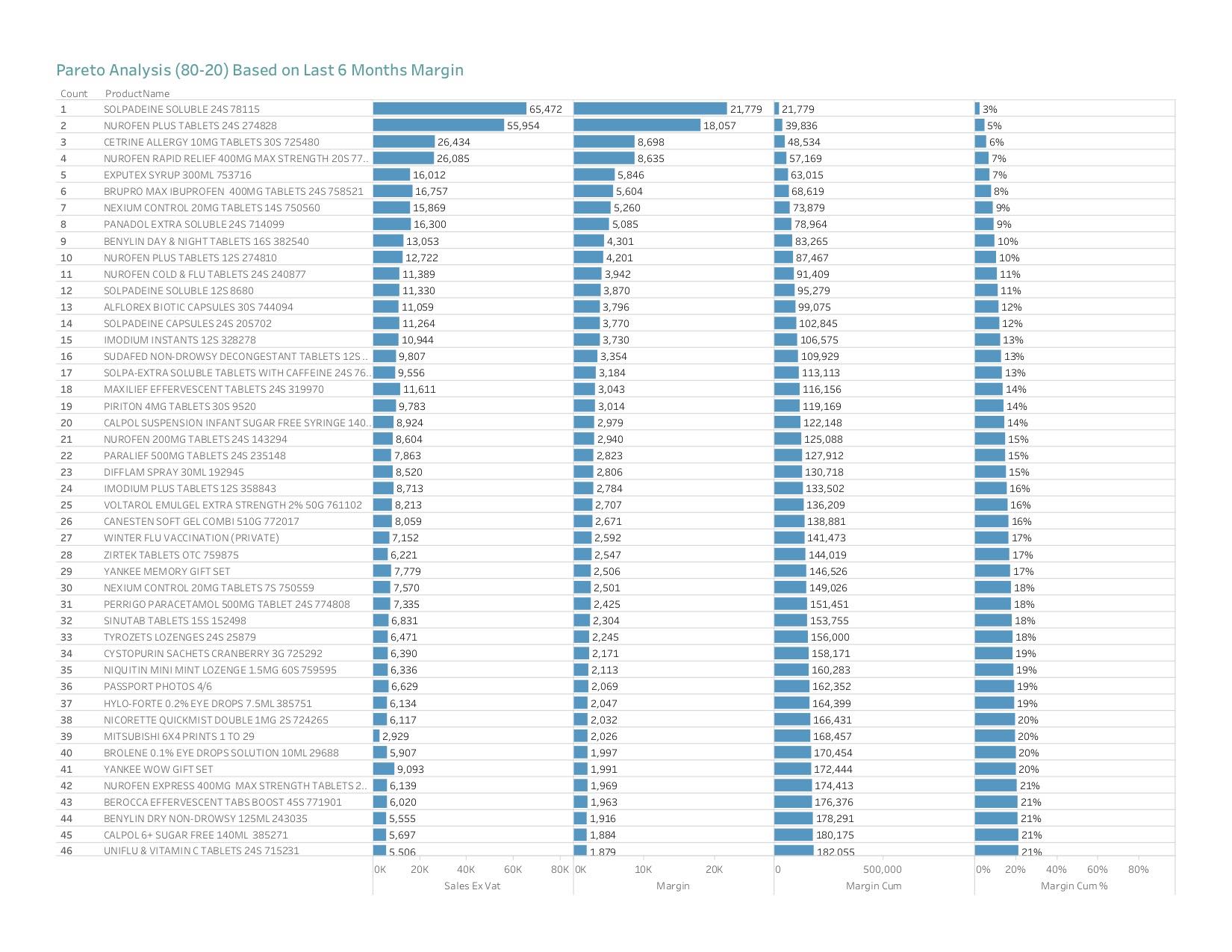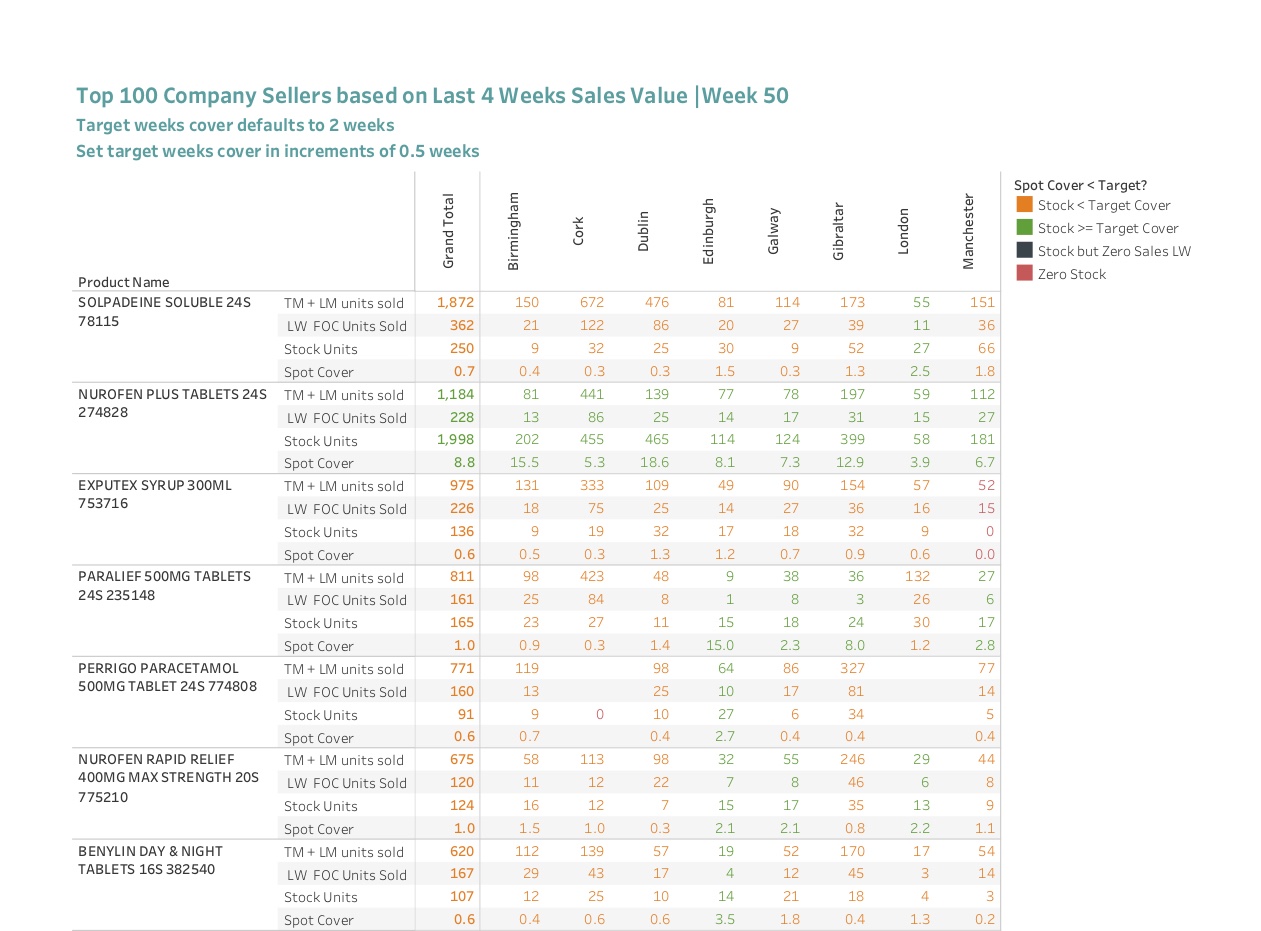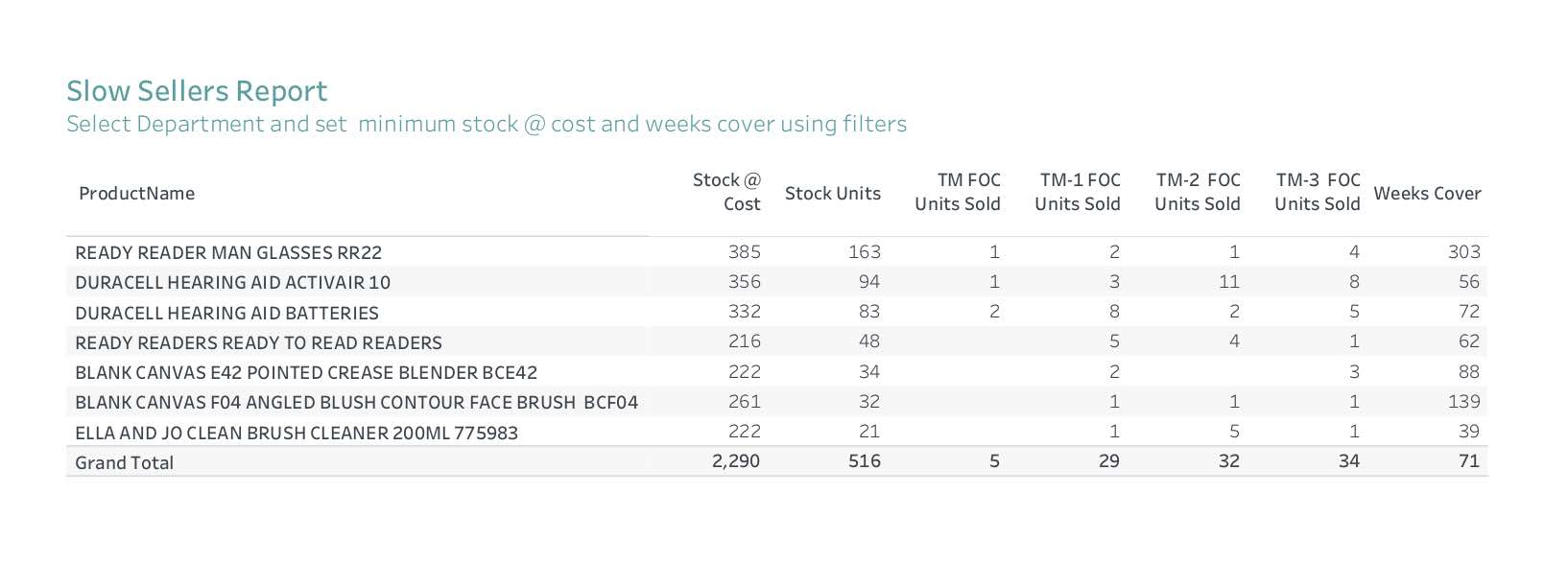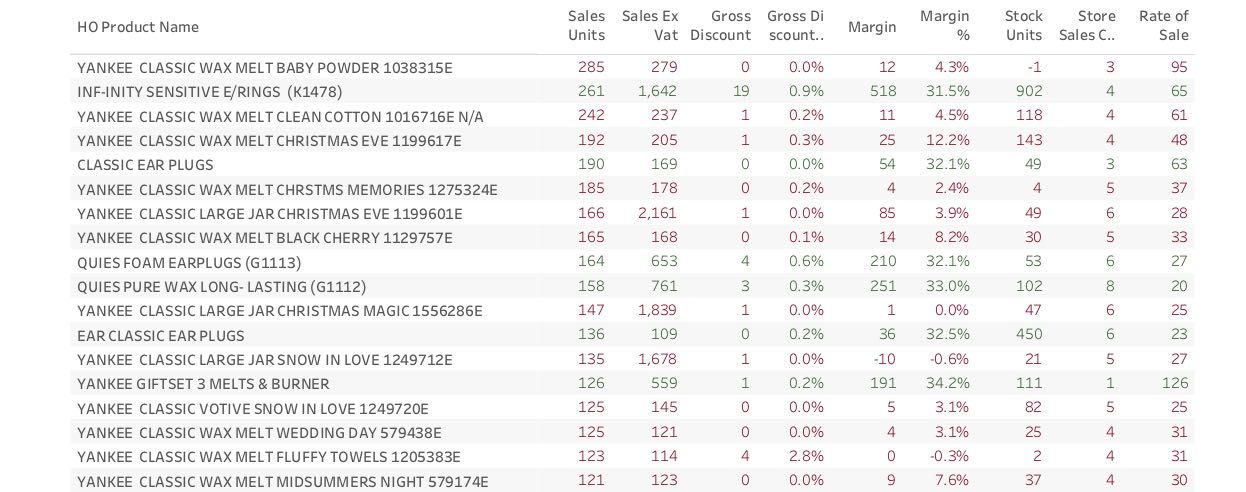Seven deadly (retail) sins
In Running Your Business
Follow this topic
Bookmark
Record learning outcomes

By John Hogan, Real World Analytics
Here’s my list of seven deadly retail sins, with a matching set of corresponding virtues. You may find yourself unwittingly guilty of one or two, or perhaps several. If that’s the case, rest easy in the knowledge that along with repentance comes redemption.
And if you’re genuinely one of the virtuous, this list may prompt you to come up with your own personal list of fixable retail transgressions, which has to be the ultimate goal.
1. Over-buying
This one is obvious. The consequences of over-buying include reduced margins due to high markdowns, cluttered shops, confusing ranges, stocks that are out of balance, slow turnover, poor cash flow, and increased expenses.

Virtue: Use your sales information to drive replenishment. Oversee this centrally. Don’t buy into bonus stock you can’t sell.
Review your ranges at least once a year. Remember, stock is bought to be sold, not to act as expensive wallpaper.
On average, 80 per cent of your sales comes from 20 per cent of your total range (see diagram 1). Use this Pareto principle to analyse your top and bottom sellers.
2. Under-buying
This might not be quite so obvious, but it’s a sin nonetheless. Under-buying leads to missed sales; it is generally caused by a lack of organisation in the buying operation.

Diagram 2 shows Front of Counter (FOC) sales for the last two months (TM+LM) and last week (LW), as well as the number of weeks’ stockholding (Spot Cover is the number of stock units divided by the last week’s sales). Diagram 3 identifies items that are selling strongly in a few branches, and which are therefore opportunities to roll out to others.

Virtue: Replenish on the first week of the month for all suppliers, buying about five to six weeks stock. Top up as required later in the month, focusing on your top sellers. You will have fewer deliveries, without affecting your cash flow.
3. Not attending trade shows
Attending trade shows on a regular basis is the perfect way to keep your pharmacy fresh and one step ahead of the competition. New lines can be discovered, orders already written but not yet shipped can be reviewed, supplier relations can be nurtured, and major retailers in the area can be shopped.
Virtue: Attend trade shows at least twice a year to see what’s happening in health and beauty. Don’t overlook growing areas like diagnostics, with people being pushed towards pharmacy for self care. Being first in your area with merchandise means customers will always visit you first.
4. Not having a well-planned markdown strategy
Markdowns in and of themselves are not a problem. But taken at the wrong time, in the wrong amount and for the wrong reasons and markdowns are a BIG problem.
Excessive markdowns at season end can be very costly, especially if the ranges were overbought to begin with. Proper monitoring of sales and stock (diagram 4) during the season can help prevent costly markdowns at season end.

Remember, ‘the first markdown is the cheapest’, so make it count.
Virtue: Again, don’t buy more than you can sell. When you do promotions, ensure they are well located and advertised. Make sure that you have fresh new stock to replace the reduced lines in order to recover your margins.
5. Not controlling operating expenses
If you pay too much for rent, the chances are that the only one making money will be your landlord. Review payroll/staff productivity and other costs annually and compare them to industry benchmarks.
Virtue: Develop an operating costs budget and review it at least annually.
6. Under-utilisation of technology
There was a time, not long ago, when only a handful of cutting-edge retailers embraced the latest technology. Today, not understanding and using new technology puts pharmacy retailers in jeopardy of being left behind.
Point-of-sale systems (POS) not only track sales and inventory, but can also help manage work schedules and customer buying habits. Social media outlets help today’s retailers get their message out quickly and cost effectively.
Good POS systems are a major investment, but all too often, when practice extends to only bar-coding products and electronic sales, the investment in them is wasted.
Virtue: Take time to understand and maximise all forms of technology available to you. Speak to your existing suppliers to see how you can get more out of your current systems first. Remember, your aim is higher sales, margins, lower markdowns and optimised stockholding.
7. Poor planning
Poor planning is almost as dangerous as no planning at all. From a forecasting perspective, poor planning is at least a contributory factor, but it can be to blame for many of the ‘sins’ described above.
From an accounting perspective, poor planning can lead to poor cash management, which is the lifeblood of most retail operations.
Virtue: Have a calendar for range reviews and promotions, and stick to it. Ensure you have a profit and loss (P&L) budget in place. Plan and time all big purchases of expensive or seasonal items to give yourself every opportunity for a high sell through.
New Year’s resolutions
Kick the new year off by reviewing how the Christmas season went for you (see diagram 5).

The sins described here are extremely common, but also straightforward to fix with proper attention. You can become very good at something once you become aware of a failing.
There is an opportunity to make virtues out of sins and really improve your retail business. After all, it would be much worse if business was this tough, but there were no failings you could improve upon.
